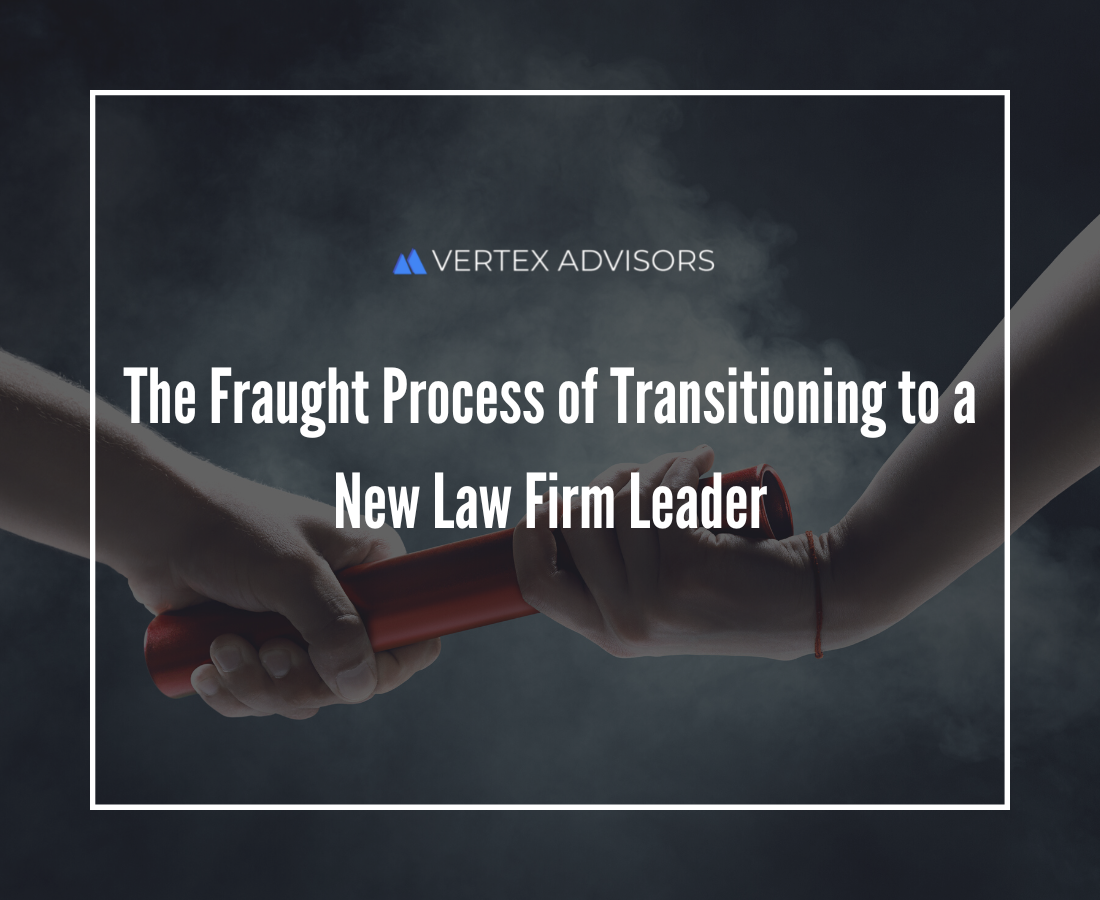Law firms, just like business in general, frequently find the selection of their next leader more difficult than expected. Even the “happiest place on earth” found leadership succession problematic. Imagine any new leader taking over for someone who drove a car with a customized license plate frame that said: “Is there life after Disney?” [1]
A law firm leader taking over for a strong managing partner, particularly one with a long tenure, would wisely worry when succeeding someone who has: “Is there life after law?” on the license plate frame. Yikes.
In some ways it is reassuring that even a $200+ billion company like the Walt Disney Co. struggled with leadership succession. Going back to February 2020, Robert Iger, Disney’s renowned and highly successful CEO, announced that Bob Chapek, a 26-year veteran of the company, would succeed Iger as CEO. Iger was to remain as Executive Chairman. Only a month into the transition, the COVID-19 pandemic hit and the two men disagreed over pandemic-related layoffs as planned by Chapek[2]. More disagreements followed with Iger informing colleagues and friends that he disagreed with what Mr. Chapek was doing at the company. Iger departed Disney at the end of 2021, but the board reinstated him as CEO a few weeks ago (November 20, 2023) after relieving Chapek of his job.
Notwithstanding the arguments over who has the best strategy for the company going forward, the dramatic ups and downs of Disney’s leadership succession and, arguably, its succession failure, underscores how difficult it is to replace a leader, particularly a strong and successful one. There are numerous angles to leadership succession:
- What is the current leader’s view of how succession will work? Who will hold the current leader accountable for supporting the successor?
- How clear is the time frame and process for selecting the successor?
- How clear are the requirements and priorities the partners have in mind for the new leader?
- Who are the champions of the new leader?
- Who will serve as trusted and blunt confidants for the new leader?
Theoretically, every managing partner knows the role doesn’t last forever, but calling “time” on yourself can be hard. It can be a professional and personal shock, even for the most well-adjusted and confident leader. Many managing partners give up a sizable portion or all of their law practice so they can manage the firm. Thus, they seldom have a significant law practice to which they can return. At the very time that many of their peers are cresting in earning power and professional success, they face a tough choice—retiring from the practice or resuscitating their law practice. And while their partners may appreciate a managing partner’s service, the partners’ gratitude likely does not extend to an indefinite economic off-ramp to support long-term career redevelopment or another administrative role.
Even if a managing partner still has a healthy law practice, stepping aside and staying at the firm can be challenging for someone used to calling the shots. Thankfully, there are many who handle the transition with tremendous grace. A former managing partner remaining at the firm can be a blessing—an experienced and thoughtful confidant for the new managing partner. But, at worst, a former managing partner can cause all kinds of problems with rear-guard maneuvers and commentary.
Because an unsuccessful transition can be so destructive, leadership transition deserves a great deal of attention—from the current leader and the executive committee or nominating committee that will be charged with selecting the next leader. Opacity and assumptions are the enemies of successful transitions. Clarity is important for:
- DefiningDefining the role and partners’ expectations of the firm’s managing partner,
- Determining the plans of the current leader and what the firm can do to assist that lawyer with transitioning to “the next chapter” or returning to the full-time practice of law,
- Establishing the time frame for the transition to managing partner and exactly when the “hand-off” occurs,
- Identifying percolating issues that the new managing partner will have to handle, and
- Determining what the designated successor thinks is needed to tackle the role successfully.
The executive committee or nominating committee responsible for the process is the logical responsible party for meeting these challenges to ensure a successful transition. It is also worth remembering that very few partners appreciate just how time-consuming and stress-inducing the managing partner role is. Taking the time to ensure you have the right candidate seems to be an obvious point, but one or two years of advance notice go by in a hurry, particularly when dealing in firm politics.
Finally, taking the time to appropriately honor the outgoing leader is not only gracious but necessary. Many managing partners may say they don’t want any formal “thank you” but a dollop of ceremony with sincere thanks help signal to all involved that the torch is being passed to the successor.
For more ideas about succession planning, I and my colleagues at Vertex Advisors welcome the conversation. Succession planning is also addressed in my new book, In a Time of Tumult: The Law Firm Leader’s Handbook.
1“Disney’s Iger Cast Shadow Over His Successor as CEO,” by Erich Schwartzel, Emily Glazer, Robbie Whelan, and Jessica Toonkel, The Wall Street Journal, Wednesday, November 23, 2022.2ibid.

